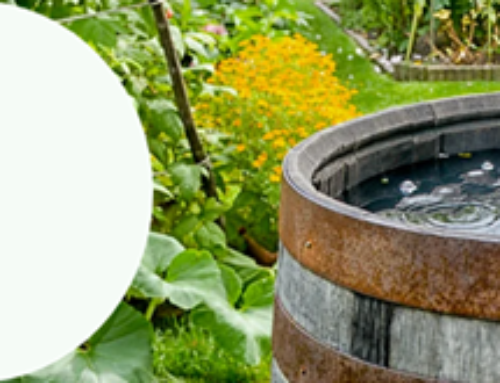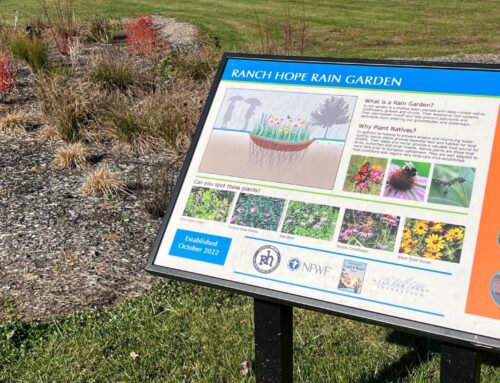Approximately 80% of the U.S. population lives in cities. As a result, more and more people are disconnected from natural areas such as forests and are unable to reap the daily benefits they provide. This makes urban trees extremely important for providing shade, removing air pollutants, reducing stormwater runoff, and providing recreational and aesthetic benefits. If you don’t think urban trees are important, consider this:
- Properly placed trees can reduce heating and cooling costs by 10-20% on average within 10-15 years after planting (Heat Island Group 1996).
- Sales prices of homes with trees increased by 3.5% to 4.5% over similar properties without trees.
- Consumer ratings of retail establishments were up to 80% higher for business districts with street trees and other landscaping (University of Washington 1998).
- Recuperation rates were faster for patients whose windows offered views of a wooded landscape (Ulrich, 1984).
- Less violence occurred in public housing where there were trees (Sullivan and Kuo 1996).
- Trees reduce surface asphalt temperatures by up to 36° F and vehicle cabin temperatures by 47° F (CUFR 2001).
One problem with sustaining healthy trees in our cities is that the urban landscape can be a very harsh environment and often does not even remotely reflect a tree’s natural growing conditions. In fact, American Forests estimates that the average life expectancy of a downtown urban street tree is just 13 years, while their rural counterparts can live up to 100 years or more. Symptoms of tree decline from urban stressors can take years to appear. Common causes of urban tree mortality include:
- Damage to roots or soils from nearby construction activities
- Air pollution
- Physical damage from lawnmowers, vehicles or vandals
- Damage from disease and insects
- Trees planted in too small a space
- Improper planting techniques
- Tree stakes or grates left on too long
- Poor, compacted soils
- Lack of watering
- Removal or damage during maintenance of nearby utilities or sidewalks
- Competition from invasive plant species

The extremely small planting space, compacted soils and increased temperature from the surrounding pavement make this parking lot a harsh environment for tree growth
So with all these potential pitfalls, what’s a person to do to make sure the trees they plant live long and healthy lives?
- Practice good site planning. Consider whether the planting site has adequate space (a good rule of thumb is to provide at least two cubic feet of usable soil for every one square foot of expected mature canopy) and whether the site’s use will create any potential conflicts with trees. Different urban locations may require different considerations for tree planting. Fact sheets for planting trees in the different locations below are provided in the Center for Watershed Protection’s Urban Watershed Forestry Manual Part 1 and the Urban Watershed Forestry Manual Part 2:
- In highway rights of way
- Along local streets
- In parking lots
- On residential lawns
- In parks
- On school grounds
- Along streams and shorelines
- In utility corridors
- In vacant lots
- Improve the site conditions if necessary. Evaluate the planting site to determine if you need to apply soil amendments (e.g., compost, peat, lime or other material that improves soil drainage and fertility) to improve the soils or to remove invasive species to reduce competition. A site evaluation can be done using the Center for Watershed Protection’s Urban Reforestation Site Assessment form and instructions.
- Choose the right tree species. Select tree species that are appropriate for the climate and site conditions, including soils and sun exposure. Links to tree selection databases for various regions are provided in the Resources section below.
- Use proper planting techniques and be sure to maintain your tree. Planting a tree is not difficult, but it must be done correctly to ensure tree health. It is just as important to properly maintain the tree after planting, including mulching and watering. One common mistake people make when mulching is to pile up several inches of mulch around the trunk in a sort of mulch “volcano.” This holds moisture around the trunk and can cause the trunk to rot or promote disease and insects. The photo below shows the proper way to mulch a tree by spreading 2-4″ underneath the tree and keeping the mulch 1-2″ away from the base of the trunk. Click here for instructions on planting and maintaining a tree provided by the International Society of Arboriculture.
- Plant Trees at Home for the Planet: www.homeadvisor.com/r/plant-trees-at-home-for-the-planet/

The left image shows a “volcano” of mulch piled up around the trunk, which can promote rot and insect infestation. The right photo demonstrates the proper way to mulch – apply a thin layer (2-4″) and avoid mulching near the base of the trunk.
References
Center for Urban Forest Research (CUFR). 2001. Fact Sheet #1: Benefits of the urban forest. Davis, CA: USDA Forest Service, Pacific Southwest Research Station. 2 p.
Heat Island Group. 1996. Working to cool urban heat islands. Berkeley, CA: Berkeley National Laboratory. 3 p.






